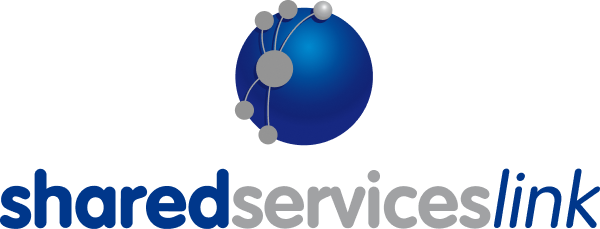23 Stats That Separate The P2P Top Performers From The Rest

In February 2015 sharedserviceslink ran a webinar with Kofax and Hackett. Amy Fong, Purchase-To-Pay Program Leader and Senior Procurement Advisor, presented data separating the top performers (TPs) in P2P with the others – or what Hackett generously label as “peer group’”(PG). Below is a snapshot of the 23 P2P areas Amy touched on, highlighting the difference between the TPs and PG.
1/ Processing cost per invoice:
This includes labor and outsourcing costs. The TPs come in at $1.46, and the PG more than doubles this, hitting $3.85.
2/ Technology costs per invoice:
The TPs spend 0.35 cents on technology per invoice, and the PG is at $1.20, over three times as much.
3/ Total cost per invoice:
Once you have baked in a few extra costs, the total cost per invoice is $2.06 for a TP and $5.54 for the PG
4/ Cycle time for PO invoices:
This is the time from receipt of invoice to approval. TPs – 5 days, PG – 7 days.
5/ Cycle time for Non PO invoices:
Again, this is the time from receipt of invoice to approval. Add on 2 days for the TPs, making cycle time 7 days. For the PG it’s 10 days.
6/ 3-way match on percentage of invoice volume:
TPs see 48% of their transaction volume follow a 3 way match process, versus 44% of the PG.
7/ Percentage of invoice volume that is ERS:
Evaluated Receipt Settlement, or self-billing, will not be appropriate for all your invoices or suppliers, but, for suppliers that ship the same quantity of goods to the same place on a regular basis, ERS may be the preferred invoicing solution. TPs see 11% of their invoice volume go through ERS, versus 5% for the PG.
8/ Non PO by percentage of invoice volume:
TPs' non PO volume is 15%, and the PG is at 31%.
9/ P-Card use by percentage of volume:
This is a little surprising, and will not come as good news to P-card providers: TPs' use of P-card as a percentage of volume is lower than the PG’s – coming in at 8% versus the PG’s 11%.
10/ 3-way match on percentage of invoice spend:
TPs see 55% of their total spend follows a 3 way match process, versus 49% of the PG.
11/ Percentage of invoice spend that is ERS:
TPs see 11% of their invoice volume go through ERS, versus only 3% within the PG.
12/ Non PO by % of invoice spend:
TPs' non PO volume is 20% and the PG’s is 26%.
13/ P-Card use by percentage of invoice spend:
TPs' use of P-card is at a low 3% of invoice spend versus 11% for the PG.
14/ Percentage of suppliers for which standard payment terms are applied
TPs see that 95% of their suppliers experience standard payment terms, while 61% of the PG see this is the case.
15/ Days paid outstanding
Point 14 should perhaps be paired with this data: TPs have slightly stretched DPO, at 48 days, compared with the PG's lower number of 40 days.
16/ Early payment discounts taken as a percentage of available
More and more companies are negotiating discounts with their suppliers, but these are not always taken. TPs take 82% of their available early payment discounts, versus 69% taken by the PG.
17/ Percentage of electronic invoices and invoice-less transactions
Hackett, like sharedserviceslink, does not include emailed PDFs in their definition of electronic invoices. They do include ERS in their description of invoice-less transactions. Based on these definitions, TPs come in at 64% and the PG at 25%.
18/ Percentage of electronic payments as a percent of total payments
European operations have a high penetration of electronic payments, but payments continue to be check-heavy in North America. The stat for TPs is 74% and for the PG it's 62%.
19/ Use of a supplier portal
We see a real divide here – 70% of TPs have direct connection with suppliers through a supplier portal versus 27% of the PG.
20/ Use of third-party e-invoicing networks
40% of TPs are receiving invoices electronically from suppliers via a third party network (like Ariba, Tungsten or Tradeshift) versus 33% of the PG.
21/ Primarily paper based – no electronic strategy exists
25% of the PG do not have an electronic strategy versus 20% of TPs.
22/ Percentage of inquiries answered through self- service on the internet/intranet
This refers almost exclusively to supplier portals, which are having major traction in shared services. TPs address14% of supplier inquiries using this method versus 5% for the PG.
23/ Average percent of inquiries through self-service tools
TPs receive 58% of their supplier inquiries through self-services tools versus 20% for the PG.
To watch the full webinar where Amy Fong presented this data along with Dermot McCauley Vice President, Solutions Product Marketing from Kofax, click here.
